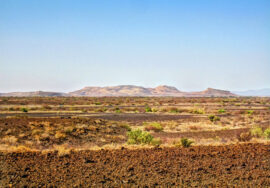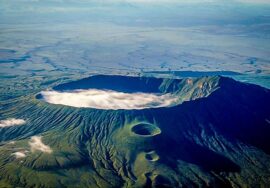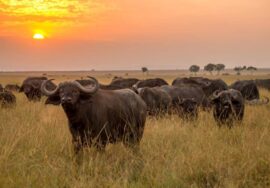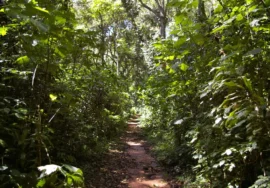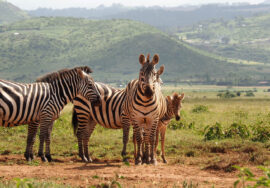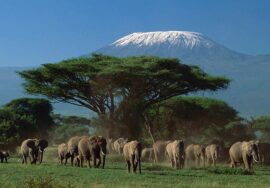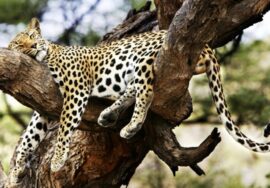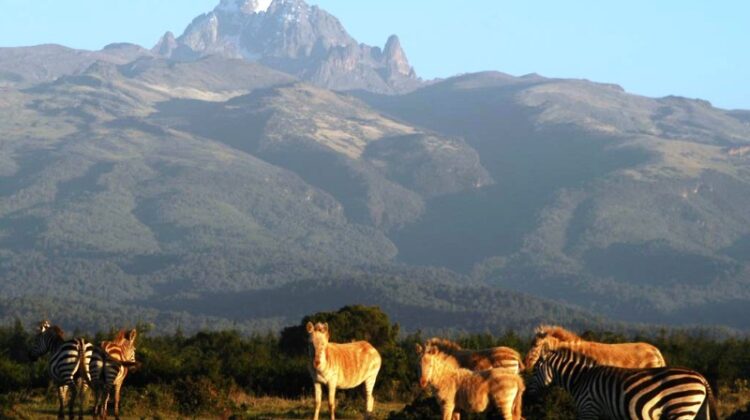
Mount Kenya National Park
Mount Kenya National Park, On the slopes of Africa’s second-highest mountain, Mount Kenya, there is a unique environment that needs to be protected. Its difficult peaks are hiked by a lot of daring tourists every year.
In Africa, Mount Kenya is the second tallest mountain. It has been named a UNESCO World Heritage Site and Biosphere Reserve because of the unique environments that change as you go up the mountain. Every year, a lot of climbers, hikers, walkers, and people who like to take risks push themselves by climbing the mountain.
How to get there
It takes about 175 km (108 miles) to get to Mount Kenya National Park from Nairobi. The mountain is protected by an area that is about 700 square kilometers and is between 11,000 and 17,058 feet above sea level. A good paved road goes around the base of the mountain and connects the four important towns in the area: Naro Moru, Nanyuki, Meru, and Embu.
Airports: Nanyuki or Laikipa are the closest airports to Mount Kenya. However, there are a number of smaller airports near private lodges in the area. A lot of people fly into Nairobi and then take a car to get to Mount Kenya National Park.
Highlights and Attractions in Mount Kenya National Park
Mt. Kenya is the second highest peak in Africa, so every year a lot of tourists and climbers come to see it.
There are many strange plant species in the National Park that look like they belong in a science fiction movie.
People who go climbing can see some of the most beautiful scenery in the area.
Pure wilderness with beautiful lakes, tarns, glaciers, and hills
Adapted plains game for high elevation
You might see a rare and lovely bongo.
What to do in Mount Kenya National Park: Camp, hike, and look into caves
What It Was Like
A lot of people go to Mount Kenya National Park to climb the mountain. The mountain has three tops and seven ways to get to the top. Most visitors go up to Point Lenana, which is the third highest peak at 4985 meters. The other two peaks can only be climbed by climbers with strong technical climbing skills.
On your way up, you will go through a number of different eco-systems. First, you will go through a tropical forest, where buffalo and elephants live. Next, you will go through a bamboo forest, and finally, you will reach an upland heath, where strange plants like the Giant Lobelia and Rosette plants live. After this, there is a land of rocks, ice, and snow.
It is suggested that you stay at least three nights while climbing the mountain. This gives your body time to get used to the higher level and prevents altitude sickness. When is the best time to try to climb? Between the middle of January and the end of February, and between August and the end of September. During the short and long wet seasons, it is always cloudy and hard to see. These are the two dry seasons.
Places to Stay in Mount Kenya National Park
Serena Mountain Lodge: The Serena Mountain Lodge is on the less steep parts of the mountain. It stands on stilts above the trees in the forest. It has many viewing decks that look out over a watering hole and salt lick that many animals like to use. Suites that look like mountain huts are where you’ll stay. There are guided walks in the forest, trout fishing, and mountain treks available.
The weather
As you go up the mountain, the weather in the park changes in big ways. At night, the temperature can drop to about 4 °C, which is a big difference from during the day. Most of the time, Mount Kenya is very wet, and it feeds water to a lot of places in Kenya. Because it is in the tropics, it has two wet seasons and two dry seasons, just like the rest of the country.
The 11 glaciers that are still on the mountain get their water from the frost or snow that falls on the ground. As warm, moist air from the Indian Ocean comes up the mountain, it rains the most on the south-east sides.

